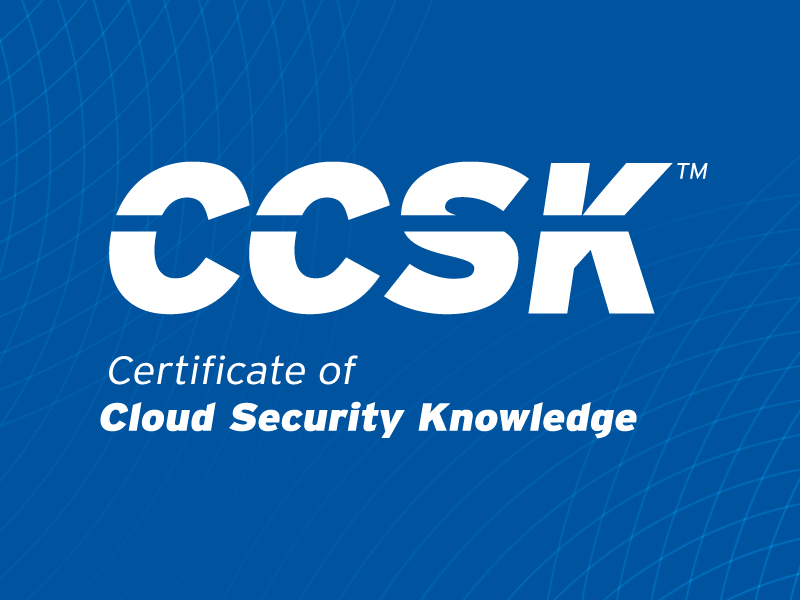Scattered Spider and the Finance Sector: Ransomware Tactics Banks Can’t Afford to Ignore
Published 11/10/2025
Originally published by Vali Cyber.
The financial sector is built on trust, speed, and constant availability. But one of today’s most aggressive cyber groups, Scattered Spider, has developed tactics that put those foundations at risk.
Their playbook is precise: social engineering → identity hijacking → VMware ESXi exploitation. And in banking, credit unions, and fintech, those tactics have an outsized impact.
Here’s how Scattered Spider’s methods translate into risk for finance.
Social Engineering the Help Desk
Phishing is the most common initial attack vector, responsible for 16% of breaches in 2025. Scattered Spider has repeatedly used vishing (voice phishing) and impersonation to compromise enterprises. In 2023, MGM Resorts suffered $110 million in costs following a help-desk social engineering attack that gave intruders access to ESXi hypervisors. Caesars Entertainment quietly paid a $15 million ransom after a similar intrusion, and most recently, the $402M hit on Marks & Spencer.
Why finance is uniquely at risk:
- Financial firms rely heavily on large, often outsourced call centers, where staff are under pressure to resolve lockouts quickly. This operational model creates conditions that make impersonation attacks more likely.
- A successful scam can yield privileged access into systems handling wire transfers, loan servicing, or customer portals, bypassing millions in existing security investment.
MFA Bypass and Identity Hijacking
Even when MFA is enforced, Scattered Spider actors have proven adept at bypassing it:
- SIM swapping to steal SMS-based one-time codes.
- Adversary-in-the-middle (AiTM) phishing kits to harvest tokens.
- MFA fatigue (endless push requests until a user clicks approve).
Financial sector impact:
- Banks and fintechs depend heavily on single sign-on (SSO) and Virtual Desktop Infrastructure (VDI) to manage high user volumes securely. Research shows that financial services account for ~60% of desktop virtualization deployments.
- A single hijacked identity can unlock trading platforms, SWIFT terminals, and core banking apps, effectively functioning as a master key.
- Once inside, attackers can manipulate transactions, plant persistence, or pivot deeper into infrastructure — all while appearing to be a legitimate user.
Targeting VMware ESXi Hypervisors
After stealing credentials, Scattered Spider often pivots to the hypervisor layer, encrypting entire ESXi estates in one strike.
Why this is catastrophic in finance:
- ESXi hypervisors underpin mission-critical workloads, including:
- Online banking portals and mobile apps
- ATM and card authorization systems
- Fraud detection engines
- Trading systems requiring millisecond uptime
- Virtualization is deeply entrenched in finance: the BFSI sector represented 26.5% of the global virtual machine market in recent years. VMware remains the dominant enterprise hypervisor vendor.
- A single compromised ESXi host can result in institution-wide outages.
Financial precedent: In July 2024, Patelco Credit Union was forced offline for weeks after a ransomware attack disrupted online banking, ATMs, and wire transfers for 450,000 members. The incident caused $39M in direct losses and a $7.25M class-action settlement.
Living Off the Land in ESXi
Rather than dropping obvious malware, Scattered Spider uses native ESXi tools like esxcli and vim-cmd to enumerate, move laterally, and encrypt workloads.
Finance-specific consequences:
- EDR and SIEM tools don’t monitor hypervisors—activity appears as routine admin behavior.
- Attacks may go unnoticed until payment queues stall or trading desks lose access to their virtual servers.
- In capital markets, even minutes of delay can erase millions in transaction volume.
The Fallout for Financial Institutions
When these tactics converge, the damage is severe:
- Gartner projects global security spend will climb from $213B in 2025 to $240B in 2026, but without hypervisor-layer protection, even record budgets can’t stop a single Scattered Spider campaign from freezing operations.
- Critical payment or trading system downtime can cost $5–9M per hour, quickly outpacing average breach costs in the sector.
- Under GLBA and FFIEC expectations for cyber resilience, ransomware downtime can trigger regulatory review. Under the SEC’s new cyber disclosure rules, inadequate response or failure to disclose material ransomware events can expose CISOs and boards to liability.
- Customer trust erodes rapidly during outages, as Patelco’s prolonged downtime and litigation demonstrated in 2024.
This isn’t just ransomware. It’s a regulatory, reputational, and continuity crisis.
Countering Scattered Spider in Finance
Most defenses stop at endpoints. But Scattered Spider has shown the real target is the hypervisor—and that’s where protections are weakest.
To reduce risk across virtualized environments, financial institutions should focus on:
- Enforcing MFA and credential hardening for SSH and administrative access.
- Applying configuration lockdowns to prevent unauthorized hypervisor commands and API calls.
- Implementing application control to restrict native ESXi utilities from being abused for lateral movement.
- Monitoring for behavioral anomalies at the hypervisor layer, not just inside guest VMs.
- Validating recovery readiness through regular backup integrity and failover testing.
These measures directly align with MITRE ATT&CK ESXi techniques and NIST CSF 2.0 principles for identity, detection, and recovery.
Final Thoughts
Scattered Spider’s success comes from exploiting the finance sector’s own strengths:
- High-touch customer service → social engineering entry point
- Strict identity controls → MFA fatigue and session hijacking
- Dependence on ESXi → mass encryption potential
- Demand for uptime → stealth tactics = maximum impact
For financial institutions, these aren’t just IT concerns—they’re operational, regulatory, and fiduciary risks. The next phase of cyber resilience will depend on visibility and control at the virtualization layer, where attackers now operate unseen.
Unlock Cloud Security Insights
Subscribe to our newsletter for the latest expert trends and updates
Related Articles:
Is Cloud-Native Key Management Right for You?
Published: 12/19/2025
Enhancing the Agentic AI Security Scoping Matrix: A Multi-Dimensional Approach
Published: 12/16/2025
Beyond Workday: Why Socially Engineered SaaS Breaches Are Spreading
Published: 12/15/2025





.png)
.jpeg)
.jpeg)
.jpeg)
.jpeg)